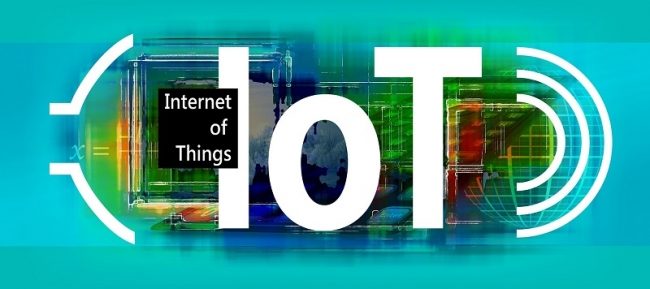Yes, the title may be a bit confusing and seems challenging but the future is near when internet of things could connect devices from corners of the planet. The whole idea behind this is to connect more and more things from a company’s data centers or maintenance crews.
Many enterprises have their devices globally, across vendors and also to various service providers, and so here comes the concept towards a bigger picture with IoT.
Later this month Nokia is learned to be showing off something similar at the Mobile World Congress (MWC) event. It will put on display a virtual global infrastructure equipped with several private and carrier networks as well as satellite systems.
The requirement of connecting to devices and how to collect the data depends completely on an enterprise.
Vice president of mobile networks marketing & communications, Phil Twist, said in fact an enterprise can think the infrastructure to be their own virtual network of global connectivity for their devices.
Nokia will be calling it WING for worldwide IoT network grid and Twist claims it to be made commercially available later in 2017.
Very recently venerable satellite operator Inmarsat revealed about its own foray into global IoT and to probably counter the competition Nokia announced WING on Friday hinting what could be possible with it.
Inmarsat said to be linking low-power, unlicensed LoRaWAN networks with its fleet of spacecraft spread across the world.
Nokia on the other hand convince saying WING is a broader vision of a managed service that to include cellular, Wi-Fi and wired infrastructure apart from low-power networks. The entire ecosystem will not rely on Nokia hardware and could be compatible on networks built by competing vendors.
It is learned Nokia will simply string together set of networks virtually for an enterprise or service provider.
The use of WING IoT would be vast like companies can stay connected with their networked cars or freight containers moving around the world. The connection will be handled automatically from satellite to cellular and other networks as well.
The Impact IoT platform of Nokia will be managing the connected devices by using eSIMs, which is the virtual version of Subscriber Identity Modules, while shifting from one carrier to another.
With the help of Impact IoT the company is said to be analyzing data too coming from IoT devices for optimizing security as well as customer experience.
- How to support your child’s mental health: A parent’s guide - February 1, 2025
- Can data centers stay green? Balancing digital growth with clean energy - January 26, 2025
- Why Blockchain could be end of high fees, delays in global payments - January 17, 2025
- Abridge AI: Silent scribe transforming healthcare interactions - January 5, 2025
- What makes quantum AI a game-changer for technology - December 25, 2024
- How businesses must adapt to evolving cyber threats in 2025 - December 4, 2024
- How vaping stiffens blood vessels and strains lungs: Study - November 26, 2024
- OpenAI Codex or Google Codey? Finding the perfect AI for your code - November 18, 2024
- What Google’s Project Jarvis means for future of digital interaction - October 28, 2024
- 11 tips for creating engaging ad content - July 8, 2024




